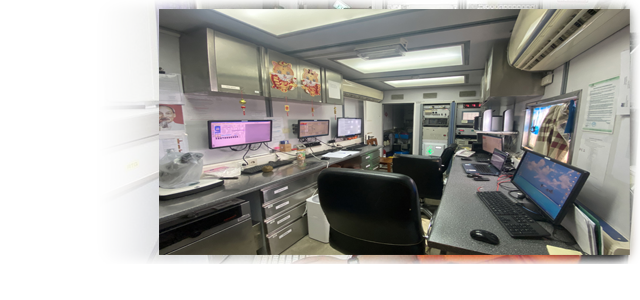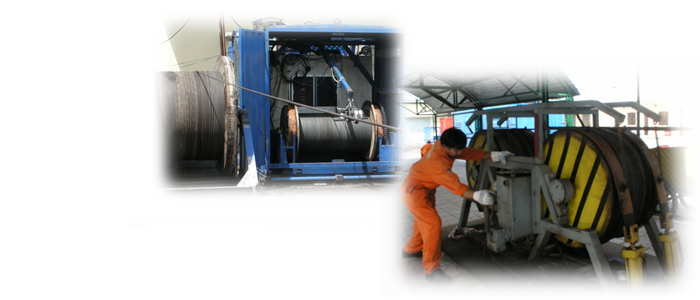L&TD
LOGGING & TESTING DIVISION

FullWave Sonic Log
 |
The sonic logging system developed by Halliburton provides more acoustic information than ever before. From 1997, Vietsopetro L&TD successfully evaluated potential zones in fractured basement using FWST data.
Using a piezoelectric transmitter and four long‑spaced receivers, the FWS system records the entire acoustic wavetrain. Digital processing techniques extract compressional, shear, and Stoneley t; shear wave and compressional wave amplitudes; and Stoneley wave attenuation. These basic measurements provide valuable information on rock types, gas zones, porosity naturally fractured intervals, formation elastic properties, stress field around the borehole, permeability, and acoustic impedance.
FWS APPLICATIONS
|
|
FWST – An effective tool to evaluate the potential zones in fractured basement.
FWST has been used by Vietsopetro L&TD to investigate the characteristics of fractures in basement of Cuu Long basin. The tc, ts and tst and energy attenuation measurements have been used for: - Detection of naturally fractured zones. - Indication of permeability variations with depth from Stoneley wave attenuation. - Lithology identification by means of velocity ratio, ts /tc In fact, surveys in basement of Cuu Long basin indicated that FWST is an effective tool for evaluation of fracture zones in basement. |
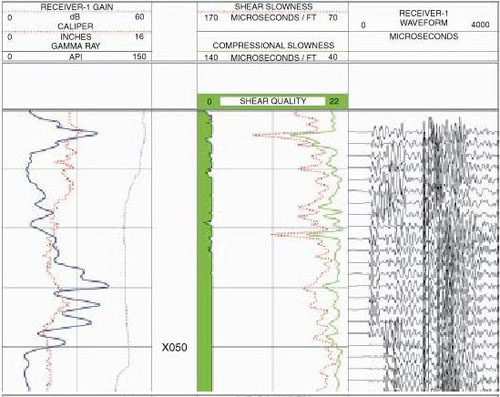 |
This FWS primary log example displays the raw waveform data from Receiver 1 in the right track. Processed results, including compressional and shear slowness curves (tc and ts), are shown in the center track, along with a shear slowness quality indicator Caliper and Gamma Ray information, along with a gain curve, are displayed in the left track |
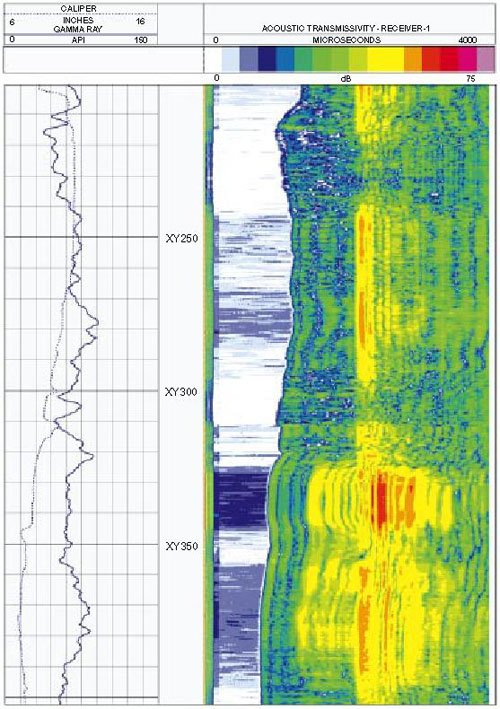 |
Instantaneous Waveform Characteristics IWC analysis allow users better evaluation of fracture zones as spectrum of amplitude, phase and frequency of waveform |
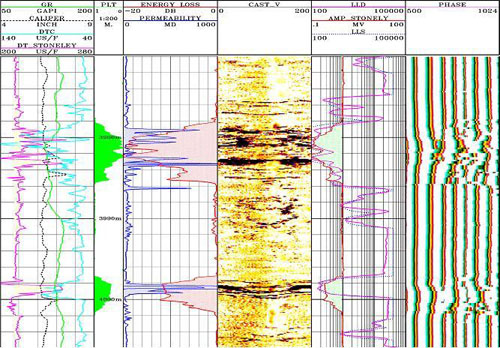 |
This plot shows potential zones in White Tiger fractured basement by mean of the energy loss of Stoneley wave (Track 5). In fact, these zones are highly productive. |




